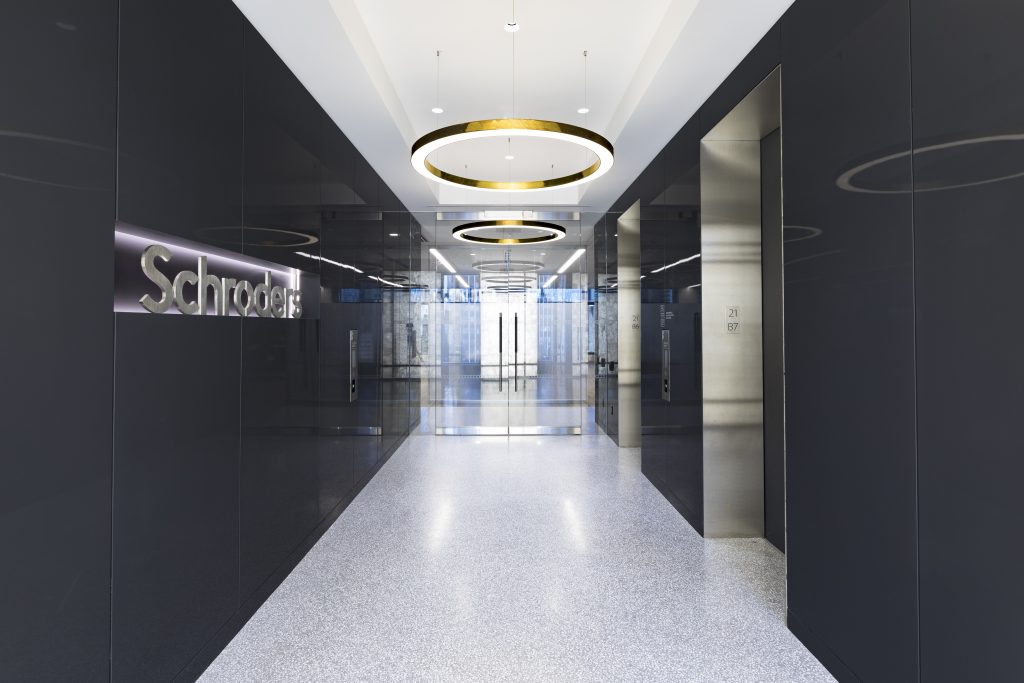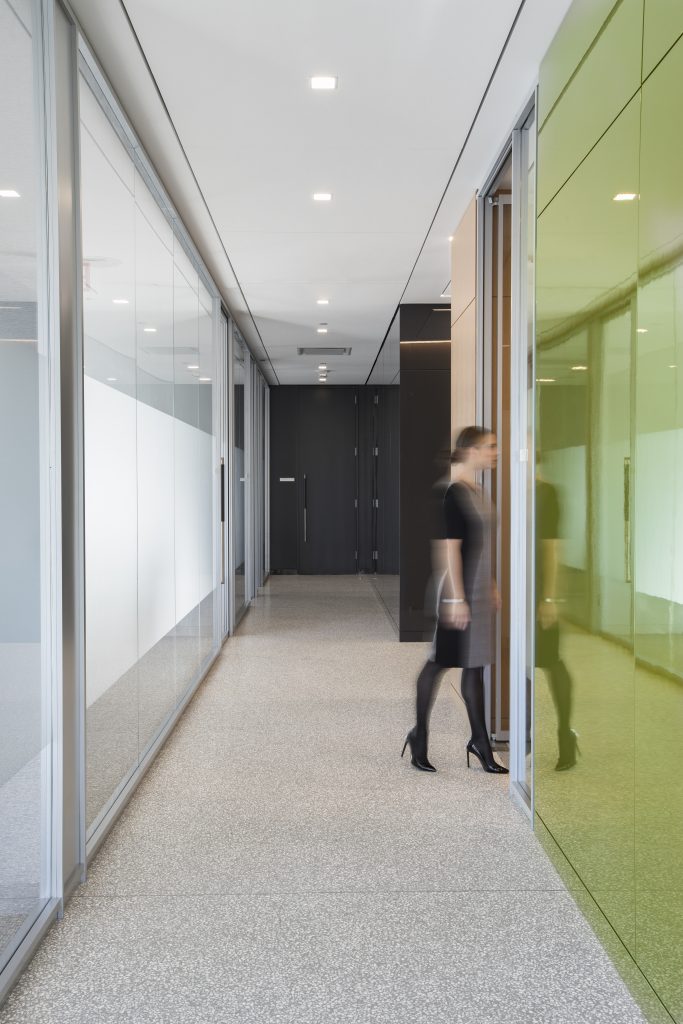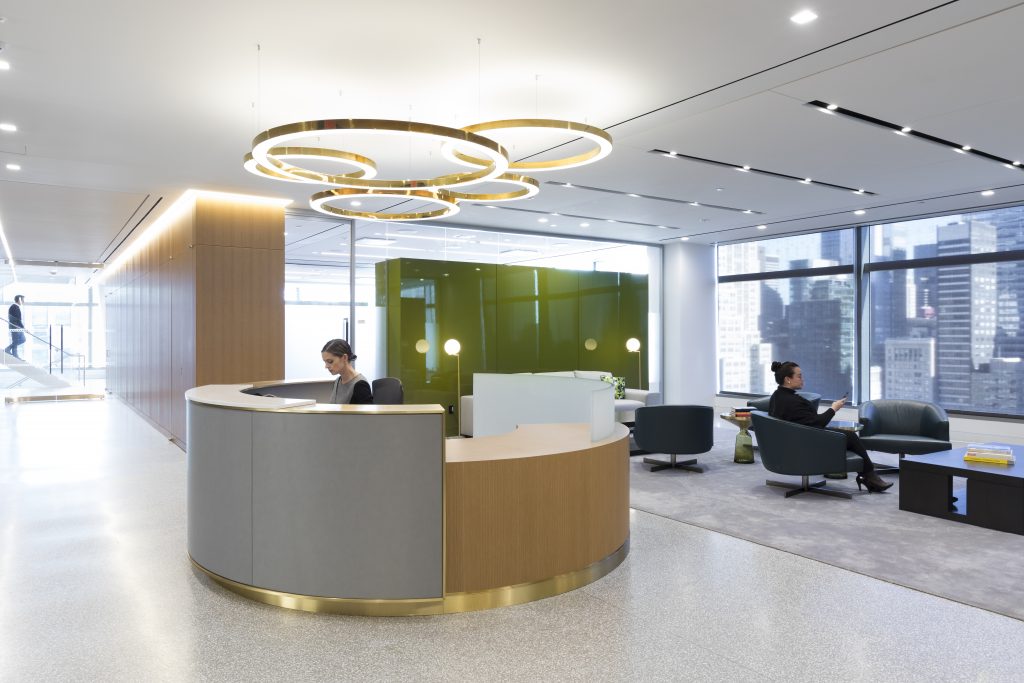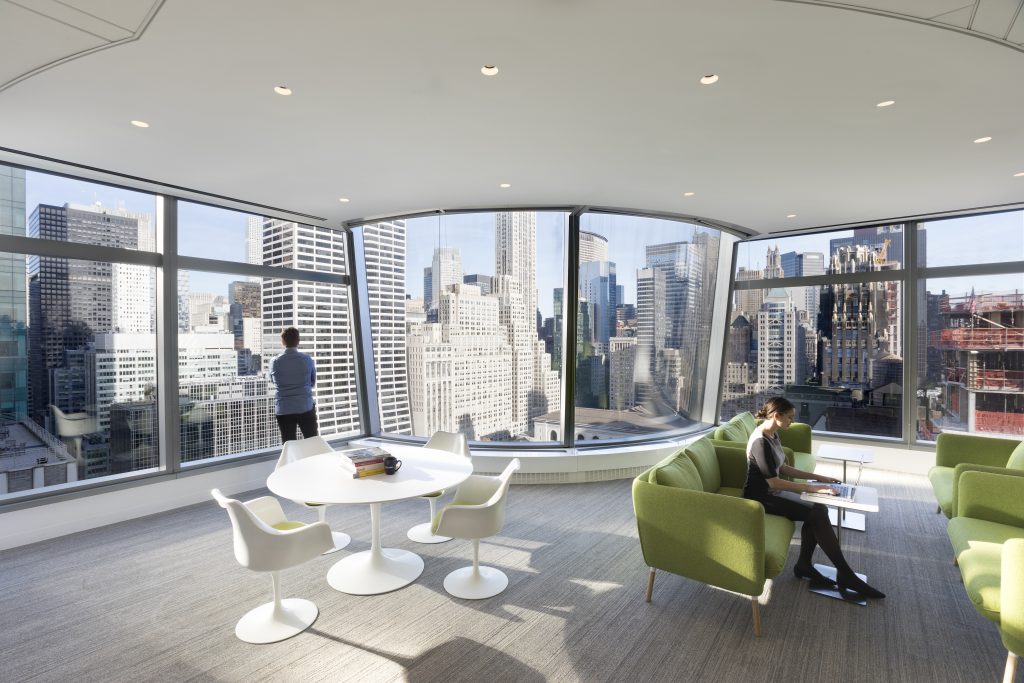
© Robert Deitchler / Gensler
In the era of Facebook, Instagram and Pinterest, photographs have become the center of our virtual selves. Images have never had so much influence, but they have never had so much competition either. A picture of your building that gets viral can make you famous overnight. At the same time, the amount of pictures available has made this more difficult to happen. In this world of hyper-connectivity and mass competition, photograph quality has become mandatory to stand out and to allow Architects find both clients and employees.
To help Architects stand out with their photographs and to gain a better understanding about architectural photography, I have interviewed professional architecture photographer Robert Deitchler. Robert is a New York based architectural photographer. He is also the Photography Coordinator at Gensler New York. He specializes in documenting architecture, design, and the built environment. His work has been in publications such as The New York Times, Dwell, ArchDaily, Dezeen, The Architects Newspaper, Architecture MN, Bloomberg, and New York Daily News.
In this interview, Robert shares his knowledge on how to take the best architectural photographs. Among other things, we will explore his top tricks and tips for successful architectural photography, which is his favorite weather condition for shooting and much, much more.
If you want to learn Robert’s advice for shooting amazing architectural photographs or simply want a bit more information about Robert’s work and thought process, be sure to read on this interview!
1. What are some considerations that you need to take into account when taking architectural photographs?
Planning is an important part of the process. Even if your plan does not go accordingly, it is important to maintain a framework to guide you throughout your day and stay focused. Collaborate and get feedback. It is important to listen to the people around you. That feedback will help you grow as a photographer as you will learn from previous experiences.
2. What skills are required to get good architectural photographs?
You have to know how to use photographic tools and know the way you want to use them. Know, figure out, and apply. It is also valuable to know how you want to treat your images for photographic process.
3. What season, weather condition or time of the day do you find more inspiring to get good shots? Is there any specific one of these that you think helps in the majority of the cases or does it depend a lot on the specific project, location and materials?
The end of Summer in late August. I personally love the blue hour on a light rainy day that time of year. The cool temperature and wet foreground allow for all and any colors to naturally saturate and reflect.
4. How long do you usually spend for a shooting project? How many good and bad pictures do you get on average out of it?
For a single project, 8 hours. I am there to tell a story. As I am photographing, if I set up a frame that doesn’t contribute to the story, I move on. Staying focused enables you to create more at an equal quality.
5. Can you tell us which is your own favorite photograph and what makes it special?
A series of photographs for Schroders headquarters in New York City was a memorable photo shoot. Designed by Gensler, the interior renovation was a successfully integrated office workplace. Working closely with the team, we choose to put people in the images to show scale and to add a sense of energy to the space, which describes the story of the firm. We also choose to include the beautiful view of the Bryant Park skyline.

© Robert Deitchler / Gensler
6. Do you find more challenging/time-consuming to shoot interiors or exteriors?
I find photographing interiors to be more time-consuming. There is a lot more to articulate in an interior space when styling. This gives one the control to become more elaborate with the story of the project.
7. How do you prepare to shoot a building before you do so? Is there some information you are specifically looking for?
Each project has a story. Learning from the perspective of the designer is valuable because there are certain features you might not know to highlight until they tell you to do so.
8. CAD, BIM and VR are all becoming more and more important ways of visualizing not only new designs but also existing buildings. Due to these new technologies, it could be thought that architectural photography is at risk. What is your opinion on the matter?
There will always be a need for photography. People want to know what is real. It is called Photorealism when we document projects. People always need a detailed visual representation of what is being made.
9. What cameras would you recommend to Architects that want to take pictures of their own buildings? What are the ones you use?
I would recommend a full frame digital camera or anything larger. When I say “frame” I am referring to the sensor size. It helps if it is equivalent or larger than the 35mm film size.
10. Which two or three lenses do you think are indispensable for shooting buildings? Which ones do you personally use?
The tilt shift lenses and A-wide angle zoom. I use these same lenses for all of my shots.
11. Is there any other product that you believe is mandatory to take good architectural pictures?
You must have a tripod. One does not need to use a tripod all the time, but if you want to work on a frame, having a tripod enables one to slow down and understand the composition. Also, a good pair of shoes is essential. Never undervalue your most important asset, your feet.
12. Is there any specific brand which products you tend to find work better for you?
No, it also changes. Some companies have better sensors every couple years than others. One has to be able to adapt to the tools, technology, and new ideals in order to be successful.
13. Could you explain your work flow when it comes to photo editing and which parameters you pay more attention to? What would you advise amateur photographers to focus on when editing one of their shots?
The beginning of my workflow is to make appropriate edits “in camera” first. This means anything I can change while on the photo shoot, I do on site so I don’t have to later in post-production.
When editing project photography, I maintain a cohesive color palette and density throughout. I want all the photographs of the same project to have the same feeling. This helps bring the story together collectively. Some of these images may be stronger than others. The single images that stand out the most become your Portfolio. I encourage those to utilize the camera first, the computer editing second. Try different methods retouching, use the ones that best fit your style, and keep consistency in the work.

© Robert Deitchler / Gensler
14. Do you use any software for saving your photos online? If so, which one?
No, I do not. Internet speeds are not fast enough to work to and from a cloud base service yet. Hopefully, with advancements in technology, this will change someday. 22bet

© Robert Deitchler / Gensler


